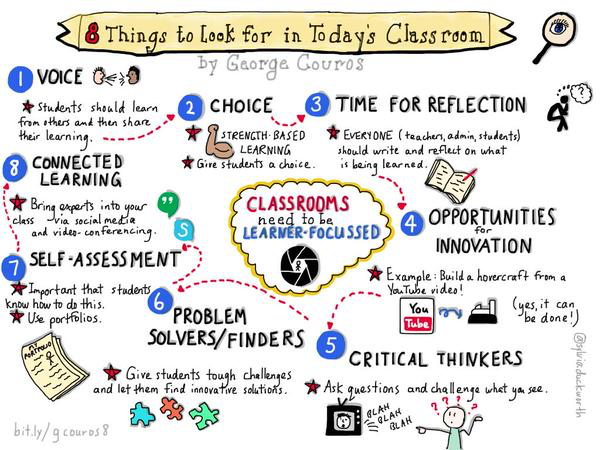You know what a time capsule is. We set aside items from today and put them in a sealed box somewhere for a period of time with the idea that at a point in the future we can open the box and see what we thought was important at that point in time. When we open it, we have a few laughs, shed a few tears, and reflect on what has happened between when we set the capsule aside for the future.
There is a new tech tool that allows us to write a letter to ourselves now, and it will hold it to send at come point in the future. I don’t know if you have ever thought about doing something of this kind or not, but it could be a powerful way to help Language Students see where they have been at some future date.
Imagine a level 1 student writes a letter now, at this point of the school year. Imagine then that the student receives his or her letter in level 4, three years later. What might they discover? As L2 teachers, we know that level 1 students are typically at novice mid by March, if they have kept pace with us, and done their part to practice and communicate. But in level 4, they will likely be intermediate mid to high, and some might even be ready to peak into advanced low proficiency on some topics.
Coming back to the letter, our student could have a chance to be very excited to see the difference between their past self and what they can do in level 4! How rewarding might that be!
The question is how to do it?
A teacher could have students write such a letter, collect them, and then put them aside for the future. But… will we remember where they are three years later? That’s where the new teach tool I found while browsing on Twitter comes in handy. The website is called FutureMe. It is really quite a simple idea, but genius, if you ask me! Click on the link and check it out. I think this could be a very fun and powerful creative tool for our language classes. Have fun!
Food for Thought
Another website I just discovered is called World Food Atlas. This site has a map of the world with various local food dishes to explore, discover, and try. Why not? Which makes me think about what we might ask students to do with the information on this site.
Why not make a fun and engaging activity? Students could do any one of the following things –
- Choose one of the dishes on the map from one of the L2 speaking countries and make a cooking show video about that dish, including information about the cultural perspectives associated with it.
- Create a skit about two people from different countries who meet and discuss the similarities and differences between their cultures, their dishes, and their perspectives about them.
- Design a restaurant that serves the cuisine of a particular country from the target language students are learning. Design the restaurant layout, the menu, the business plan, and create an advertisement campaign for the restaurant that will attract people to want to come to it.
- I am sure World Language Teachers will come up with many other wonderful ideas about foods of the target language they teach and the foods from the countries that speak that language.
- What ideas do you have?
- How about your students? I have often found that students come up with some of the best and most compelling ideas!
Well that’s enough for now. I will look for other new tech tools with which we can play as we learn to communicate in another language. I love the amazing creative new tech tools available today! Let’s use them to make learning engaging and fun. Why not?!
Until next time.



